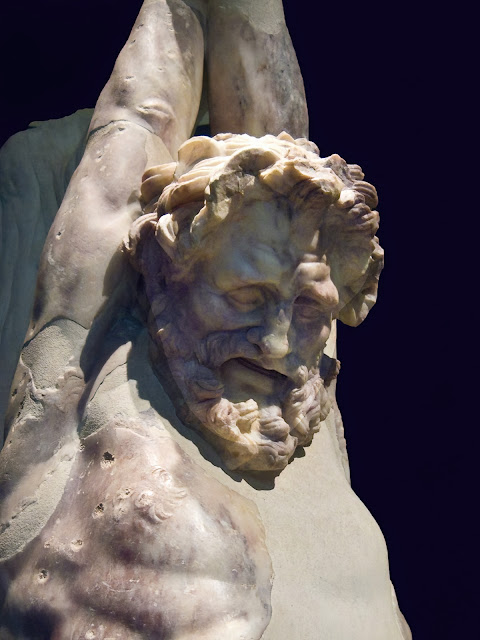An aulos or tibia (Latin) was an ancient Greek wind instrument, depicted often in art and also attested by archaeology. Though aulos is often translated as "flute" or "double flute", it was usually a double-reeded instrument like the modern oboe, but with a larger mouthpiece, and its sound—described as "penetrating, insisting and exciting"was more akin to that of the bagpipes. Although used for martial music, the aulos is more frequently depicted in other social settings. It was the standard accompaniment of the passionate elegiac poetry. It also accompanied physical activities such as wrestling matches, the broad jump, the discus throw and to mark the rowing cadence on triremes, as well as sacrifices and dramas. Plato also associates it with the ecstatic cults of Dionysus and the Korybantes.
Although aristocrats with sufficient leisure sometimes practiced aulos-playing as they did the lyre, after the later fifth century BCE the aulos became chiefly associated with professional musicians, often slaves. Nevertheless, such musicians could achieve fame. The Romano-Greek writer Lucian discusses aulos playing in his dialogue Harmonides, in which Alexander the Great's aulete Timotheus discusses fame with his pupil Harmonides. Timotheus advises him to impress the experts within his profession rather than seek popular approval in big public venues. If leading musicians admire him, popular approval will follow. However, Lucian reports that Harmonides died from excessive blowing during practicing.
Some variants of the instrument were loud, shrill, and therefore very hard to blow. A leather strap, called a phorbeiá in Greek or capistrum in Latin, was worn horizontally around the head with a hole for the mouth by the auletai to help support the lips and avoid excessive strain on the cheeks due to continuous blowing. Sometimes a second strap was used over the top of the head to prevent the phorbeiá from slipping down.
An aulos discarded by Athena then picked up by Marsyas the satyr was the instrument that resulted in Marsyas being flayed alive for his hubris after losing a musical contest with Apollo. A sculpture of the flayed Marsyas at the Capitoline Museum in Rome is one of the most poignant sculptures I have photographed in my travels.
 |
| Youth playing the aulos, detail of a banquet scene, tondo of an Attic red-figure cup, ca. 460 BC–450 BCE. Image courtesy of Wikimedia Commons contributor Marie-Lan Nguyen. |
 |
| Choregos and actors including a musician playing the aulos, Roman mosaic from the House of the Tragic Poet (VI, 8, 3) in Pompeii courtesy of Wikimedia Commons contributor Marie-Lan Nguyen. |






No comments:
Post a Comment